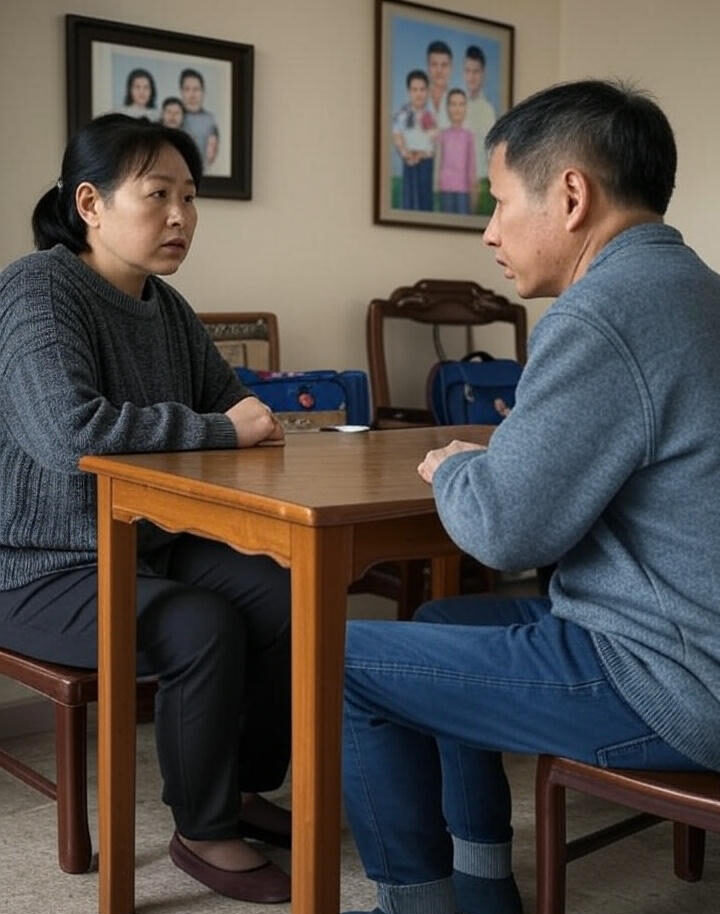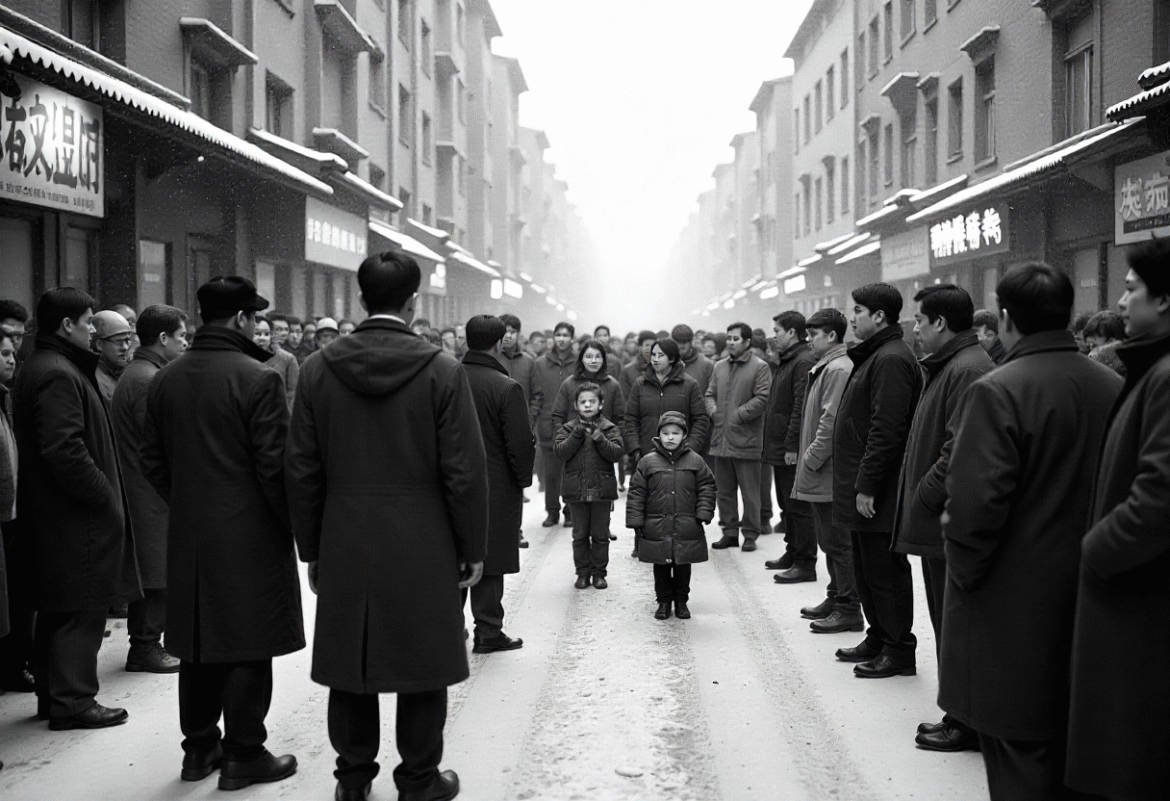In a sweeping policy reversal, China has pivoted from penalizing families for exceeding birth limits to offering cash incentives yet its declining birth rate continues unabated.
From Punishment to Penalty
Introduced in 1979 and strictly enforced between 1980 and 2015, China’s one‑child policy imposed steep financial penalties so called “social maintenance fees”on families who had more than one child. Enforcement tools included fines based on annual local income, forced abortions, and sterilization in some regions (Wikipedia, Wikipedia). The policy drastically reduced fertility rates but provoked widespread criticism for its coercive and punitive measures. It was gradually relaxed first allowing two children in 2015 and three in 2021 before limits were fully lifted in 2021, eliminating both limits and fines (Wikipedia).
Why the Change?
Despite scrapping family-size restrictions, China’s birth rate has fallen drastically: only 9.5 million births in 2024, a slight increase from 2023 but still far below peak levels, as the total population declined again for the third consecutive year (The News International). The fertility rate sits at around 1.15 births per woman, well below the 2.1 replacement rate, signaling mounting demographic pressure as the population ages rapidly (Globedge).
Subsidies Introduced
On 28 July 2025, China launched its first nationwide childcare subsidy: families receive 3,600 yuan (≈ $500) annually per child under age 3, retroactive to January 2025. Partial payments apply to children born between 2022 and 2024. The subsidy is tax‑exempt and excluded from welfare income calculations (China Daily).
The program is expected to assist over 20 million families annually (Reuters). It builds on varied local pilot schemes including Inner Mongolia’s Hohhot city offering up to 100,000 yuan for second or third children and gains inspiration from pro-natalist models in countries like South Korea, Poland, and Hungary (China Daily).
Can Subsidies Reverse Decline?
Experts warn that cash incentives alone are insufficient. The financial burden of raising a child to adulthood can exceed 538,000 to 680,000 yuan, far outpacing the subsidy’s modest value (Business Standard). A 2024 report estimated the cost of raising a child to college graduation at approximately 680,000 yuan ($94,500) (Business Standard).
Structural obstacles also dampen fertility: high housing costs, limited childcare infrastructure, workplace discrimination against mothers, career pressures, and shifting cultural norms contribute to reluctance among Chinese youth to marry or plan families (asiatimes.com).
Some demographers highlight structural reforms such as affordable preschool education, extended parental leave, and protections for working mothers as critical if fertility is to rebound meaningfully (Reuters).
Outliers and Broader Impact
Tianmen, a city in central China, reported a 17% rise in births in 2024 after offering substantial local pro natalist incentives including housing subsidies, monthly child allowances, and large one off payments for additional children. Yet experts caution that such localized success may not be replicable nationwide due to disparities in local budgets and socioeconomic conditions (The Washington Post).
Even so, Beijing hopes its new national program signals greater commitment beyond piecemeal efforts by provincial governments (Reuters).

The Symbolism of Policy Shift
China’s shift from imposing fines and forcibly controlling family size to offering baby bonuses reflects a dramatic ideological transformation. For decades, large families were discouraged or penalized; now, raising more children is incentivized. Still, demographic inertia and cultural change are harder to legislate.
The new subsidy marks a critical shift in policy framing from population control to population sustainment. But signs suggest that without systemic reforms especially those enabling women’s participation in the workforce and easing cost burdens the reversal may remain symbolic rather than transformative (The Economic Times, asiatimes.com, thetimes.co.uk).
Outlook
While Beijing’s effort to reverse decades of demographic decline signals serious intent, the measures remain too narrow and modest to reverse the long-term downward trend. As China faces population aging, economic strain on pension and health systems, and shrinking labor pools, broader reforms covering social support, gender equity, childcare, education, and workplace culture are essential to change public behaviour and encourage larger families.
Summary
China’s transition from punishing families for extra births under the one child policy to now offering annual subsidies of 3,600 yuan per child underscores how dire the demographic outlook has become. But despite this policy U turn, high child rearing costs, cultural attitudes, and structural barriers remain powerful disincentives for young couples. Without deeper, more holistic reforms especially around childcare infrastructure, women’s workplace rights, and cost of living support the baby bonuses alone are unlikely to reverse the population decline.

